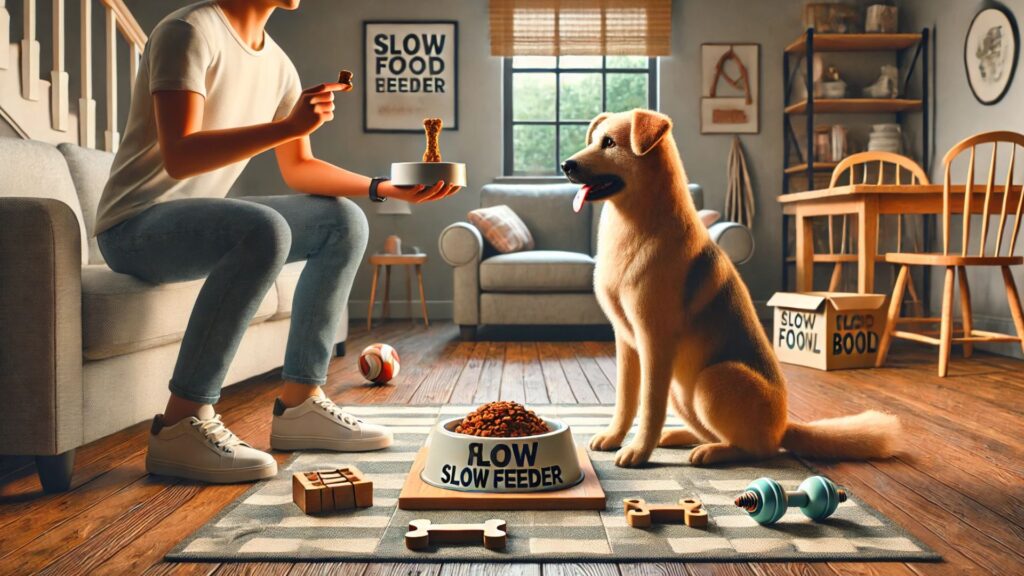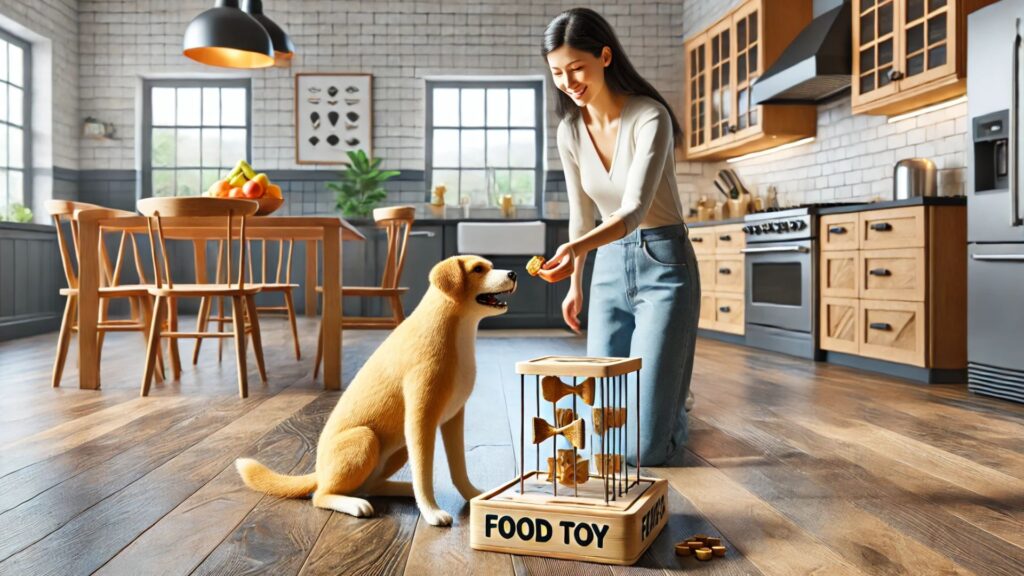Food obsession in dogs is a common issue that many pet owners face, and it can lead to various behavioral and health problems. Understanding how to break a dog of food obsession involves recognizing the root causes and implementing effective strategies to manage and reduce this behavior.
In this article, we will explore the top five ways to help your dog develop a healthier relationship with food. By employing these methods, you can ensure your furry friend remains happy, healthy, and well-behaved.
Why Is It Important to Address Food Obsession?
Addressing food obsession in dogs is crucial for several reasons. Firstly, it helps prevent obesity, which can lead to various health issues such as diabetes, heart disease, and joint problems. Secondly, managing this behavior can reduce anxiety and stress in dogs, leading to a more balanced and content pet.
Additionally, controlling food obsession can prevent aggressive behaviors associated with guarding food and reduce the likelihood of your dog engaging in unhealthy eating habits, such as scavenging or stealing food.

How to Break a Dog of Food Obsession?
Breaking a dog’s food obsession is a multifaceted process that requires patience, consistency, and understanding.
Here are the top five ways to curb a dog food obsession, ensuring their overall well-being and happiness.
1. Establish a Consistent Feeding Routine
Creating a regular feeding schedule is fundamental to managing a food-obsessed dog. This method helps set clear expectations for your dog, reducing anxiety and food-seeking behaviors. To implement this:
- Set Specific Feeding Times: Feed your dog at the same times each day. For instance, you might feed them breakfast at 7 AM and dinner at 6 PM. This predictability helps your dog know when to expect food, reducing their need to beg or seek out food at other times.
- Avoid Free-Feeding: Do not leave food out all day. Free-feeding can lead to overeating and food obsession as your dog may eat out of boredom rather than hunger.
- Implement Pre-Meal Rituals: Teach your dog to sit and wait calmly before receiving their food. This can help reduce the frantic behavior often associated with food obsession.
2. Use Slow Feeders and Puzzle Toys
Slow feeders and puzzle toys are excellent tools for managing food obsession. These devices can significantly slow down your dog’s eating pace and provide mental stimulation:
- Slow Feed Bowls: These bowls have built-in obstructions that make it difficult for dogs to gulp down their food, encouraging them to eat more slowly and mindfully. This can help prevent overeating and reduce the risk of bloat.
- Puzzle Toys: Toys that dispense food or treats as your dog manipulates them can keep your dog engaged and mentally stimulated. These toys make your dog work for their food, which can distract them from obsessing over meal times and provide a rewarding challenge.
3. Implement Positive Reinforcement Training
Positive reinforcement training focuses on rewarding desired behaviors, which can help redirect your dog’s focus from food to other activities:
- Reward Calm Behavior: Provide treats, praise, or playtime as a reward for calm behavior around food. This teaches your dog that good behavior, not food obsession, is rewarded.
- Use Non-Food Rewards: Incorporate toys, affection, and playtime as rewards. This helps reduce the association between good behavior and food, thereby decreasing food-related anxiety.
- Professional Training: If your dog’s food obsession is severe, consider consulting a professional dog trainer. They can offer specialized techniques and personalized training plans to address the issue effectively.
4. Address Underlying Medical or Psychological Issues
Sometimes, food obsession is driven by underlying medical or psychological issues. Addressing these root causes is crucial for long-term management:
- Vet Check-Ups: Regular veterinary visits can help rule out medical conditions such as diabetes, hypothyroidism, or intestinal parasites, which can increase hunger and drive food obsession.
- Psychological Factors: Stress, anxiety, or changes in the environment can trigger food obsession. Identifying and addressing these factors, possibly with the help of a veterinarian or animal behaviorist, is essential.
- Medication Review: Some medications can increase appetite. If your dog’s food obsession started after beginning a new medication, discuss alternatives with your vet.
5. Monitor and Adjust Diet and Portions
Ensuring that your dog’s diet is nutritionally balanced and appropriately portioned is vital in managing food obsession:
- High-Quality Diet: Feed your dog a high-quality, nutritionally balanced diet that includes sufficient fiber and protein to help them feel full and satisfied. Avoid low-quality foods that may require your dog to eat more to meet their nutritional needs.
- Portion Control: Measure your dog’s food portions carefully and avoid overfeeding. Smaller, more frequent meals can help manage hunger better than fewer, larger meals.
- Consult a Vet or Nutritionist: Work with your vet or a pet nutritionist to determine the best diet and feeding plan for your dog, especially if they have specific health concerns or dietary needs.

FAQs
How long does it take to break a dog’s food obsession?
The time it takes to break a dog’s food obsession can vary depending on the dog’s age, breed, and the severity of the behavior. Consistency and patience are key, and it may take several weeks to months to see significant improvements.
Can food obsession be a sign of a larger behavioral issue?
Yes, food obsession can be linked to larger behavioral issues such as anxiety or stress. It’s important to address these underlying issues to effectively manage the behavior.
What breeds are more prone to food obsession?
Certain breeds like Labrador Retrievers, Dachshunds, Beagles, and French Bulldogs are more prone to food obsession due to their genetic predispositions and strong food drive.
Conclusion
Breaking a dog of food obsession requires a multifaceted approach that includes establishing a consistent feeding routine, using slow feeders, implementing positive reinforcement training, addressing medical and psychological issues, and adjusting diet and portions. By following these strategies, you can help your dog develop a healthier relationship with food and ensure they lead a happy, balanced life.
Remember, patience and consistency are key in this process, and consulting with a veterinarian or professional dog trainer can provide additional support and guidance.


